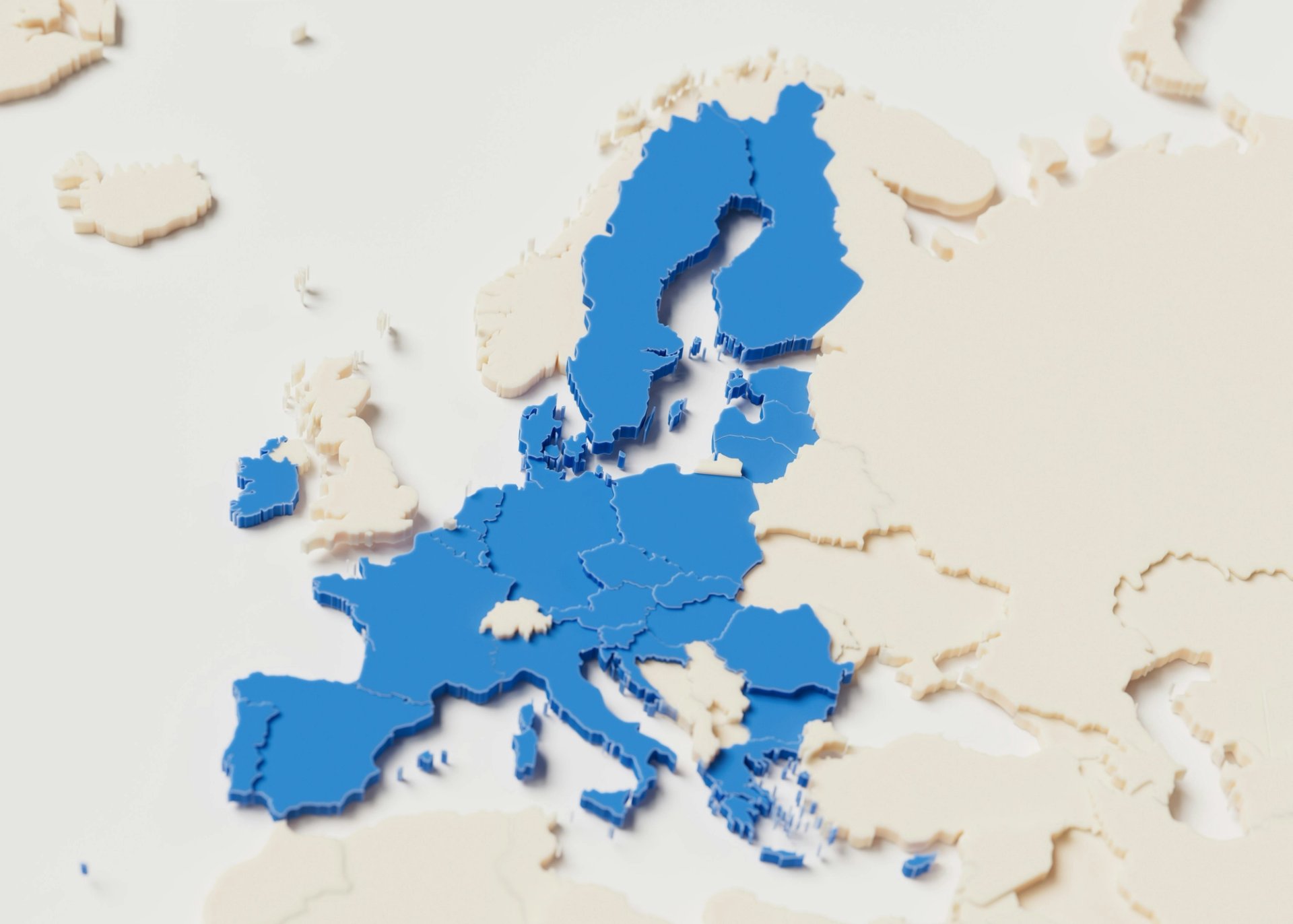Europe’s Digital Border Revolution: What Every Expat Must Know About the New Schengen Entry/Exit Rules
Why October 2025 marks the end of passport stamping—and the beginning of a smarter border for expats and globe-trotters

For decades, a stamp in a passport marked the start of a European adventure. But on October 12, 2025, that ritual will begin to fade away as the European Union launches its new Entry/Exit System (EES)—a high-tech reimagining of how the world enters and leaves one of the world’s largest free-movement zones.
Why Europe Is Reimagining Its Borders
The Schengen Area, 29 European countries as of 2025, has long relied on manual passport stamps to track the comings and goings of millions—from tourists to business travelers, students, and expats. Yet with migration policies under pressure, overstays more frequent, and the threat landscape changing, authorities faced a critical question: How could borders remain open and welcoming, while upholding security and fair enforcement? Enter EES: a digital answer designed to modernize, protect, and automate border processes with unprecedented accuracy.
EES will collect biometric data (fingerprints and facial images), basic identification, and the specifics of each border crossing for every non-EU traveler—regardless of whether they come on a visa or as a visa-free visitor. These moves, officials say, aim to “reduce illegal migration,” streamline enforcement against overstays, and “strengthen border security” on the continent.
How European Borders Worked Before
Until now, non-EU travelers to Schengen countries would have their passports stamped by border police—a process as old as international travel itself. That stamp proved entry, marked a rough exit, and underpinned the widely misunderstood 90-days-in-180 rule (visa-free visitors could stay in the Schengen Area up to 90 days in any 180-day window).
But passport stamps had major downsides. Stamps could be missed, faded, or misunderstood at busy crossings. Tracking cumulative days in dozens of countries was manual, leaving frequent travelers at risk of accidental overstays—and potential fines or future bans. As more digital nomads, remote workers, and expats cycle in and out of the EU, Europe needed precision and transparency in enforcement.
The Story Behind EES: How Modernization Started
EES traces its roots to EU migration crises of the past decade, Brexit, and new security priorities. Officials began drafting the system in earnest in the late 2010s. With stories of travelers overstaying unintentionally, enforcement agencies demanding better data, and member states burdened by fragmented procedures, momentum shifted quickly toward all-digital approaches.
By 2020, EU authorities formalized plans for a continent-wide entry/exit database. Multiple test runs, infrastructure upgrades at airports and land borders, and tech partnerships prepared the way for the system’s phased launch. The final go-ahead came in mid-2025—and implementation begins in earnest this October.
What Expats & Travelers Should Expect: 2025–2028
- Digital Border Records: Upon arrival, non-EU nationals will be prompted to submit photos and fingerprints at dedicated kiosks, creating a digital profile valid for three years. Instead of a stamp, the EES record will log the day, time, and port of entry or exit for every visit.
- Longer Border Queues (at First): As the new system rolls out, expect a few extra minutes—especially at busy hubs—until EES checks are routine. For frequent travelers and expats, this means adapting to biometric scanning instead of paperwork.
- Real-time Stay Calculation: An official online tool will enable travelers to check precisely how many days they have left in Schengen at any time, reducing confusion and risk for digital nomads and remote workers who crisscross Europe.
- New Enforcement Tools: The digital log makes it far easier for member states to detect, penalize, or restrict overstayers. Travelers must take extra care to understand country-specific penalties for exceeding allowed stays.
- Cruise/Exemptions: Travelers arriving by cruise and departing the Schengen area directly may be exempt from some checks. Permanent residents and select categories remain mostly unaffected—but must prove exempt status at borders.
- ETIAS Authorization Coming Soon: By 2026, visa-exempt travelers (e.g. Americans, Brits, Canadians) will also need ETIAS: an online screening and €20 fee, operating alongside the new EES. This two-tier system aims for “smarter borders and more secure travels” by 2028.
Why the Change? Official Motives Behind EES
EU officials insist EES is not a surveillance tool—rather, it is viewed as a solution to fragile enforcement. By digitalizing records, Europe hopes to:
- Reduce undocumented overstays.
Moving abroad? Looking for international experience? Find the right place for your new life here!
Try it out: Tell us about your lifestyle, your values and what matters to you - we'll find the neighborhood where you truly belong. Worldwide.
- Streamline border crossing for millions of short-stay visitors.
- Enhance internal security by automating alerts for suspicious movements.
- Provide travelers with clarity on the notoriously complex 90/180-day rule.
Stakeholders, including travel industry groups and port authorities, spent over €10 million upgrading infrastructure—from self-service kiosks at Eurostar’s St Pancras to new passport control booths at French airports.
The Road Ahead
As the digital border becomes Europe’s new normal, expats are advised to update travel habits, use official stay calculators, and keep biometric records up to date. By April 2026, manual stamps will be phased out entirely.
For now, patience—and attention to detail—are key for smooth entry to the continent. The benefits, in theory, will be more reliable journeys, fairer enforcement, and a more welcoming but secure Europe for all.